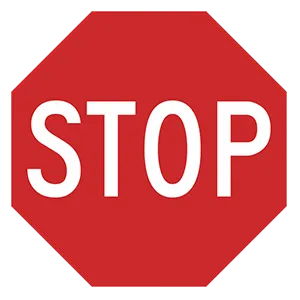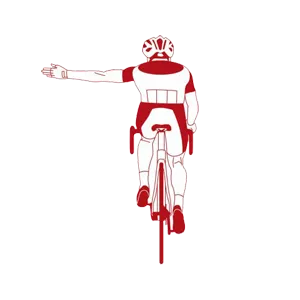FREE Delaware DMV Practice Test #7
This set of DMV practise tests for Delaware was just updated for January 2025. It comprises questions based on the most important traffic signs and rules for 2025 from the Delaware Driver Handbook. To study for the DMV driving permit test and driver's licence exam, use actual questions that are very similar (often identical!) to the DMV driving permit test and driver's licence exam.
Each question on the practise exam has a tip and explanation to help you recall the ideas. Questions about road laws, traffic signs, and driving statutes, as well as information from the Driver Handbook, will be included in the written portion of the official DMV test.
You must properly answer 20 of the 25 questions to receive the required passing mark. To help you prepare for your Delaware instruction permit or driver's licence, take our DMV practise test.
The DMV exam is offered in a variety of languages.
Using any kind of testing assistance will result in an automatic fail, and the DMV may take additional action against your driver's licence, so stay away from it.
1 . Adjust your rearview and side mirrors:
Your safety and the safety of other drivers and pedestrians depends a lot on what you do before driving. Before moving your vehicle, you should adjust your seat, adjust your mirrors, fasten your safety belt, and secure items in and on your vehicle. Do not wait until your vehicle is moving to adjust your mirrors.
2 . Collisions are more likely to happen when:
Collisions are more likely to happen when one driver moves faster or slower than the other vehicles on the road. Driving faster than other traffic increases your chance of being involved in a collision. Driving more slowly than other traffic is also dangerous because it can increase the risk of a rear-end collision with your vehicle or cause other drivers to swerve to avoid hitting you.
3 . If your vehicle starts to lose traction because of water on the road, you should:
When driving in heavy rain at speeds as low as 30 mph, your tires may lose all contact with the road and instead ride up on a layer of water above the surface of the road. This is called "hydroplaning." If your vehicle starts to hydroplane, slow down gradually and do not apply the brakes.
4 . This sign means:

This sign alerts you to the possibility of traffic merging into the main stream of travel. After checking to your side and rear, you should move into another lane, if possible, to allow merging motorists a clear path.
5 . What does this road sign mean?

An octagonal sign always means stop. When approaching a stop sign, you must come to a complete stop at the marked stop line and proceed only when it is safe to do so. If there is no stop line, stop before the crosswalk. If there is no crosswalk, stop before the intersection at a point from which you can see any oncoming traffic.
6 . This bicyclist is signaling:

Bicycles do not have turn signals so bicyclists use hand and arm signals to alert other drivers to their intentions. If a bicyclist puts their left arm straight out, they are signaling that they intend to turn left.
7 . At a school crossing sign, you should:





